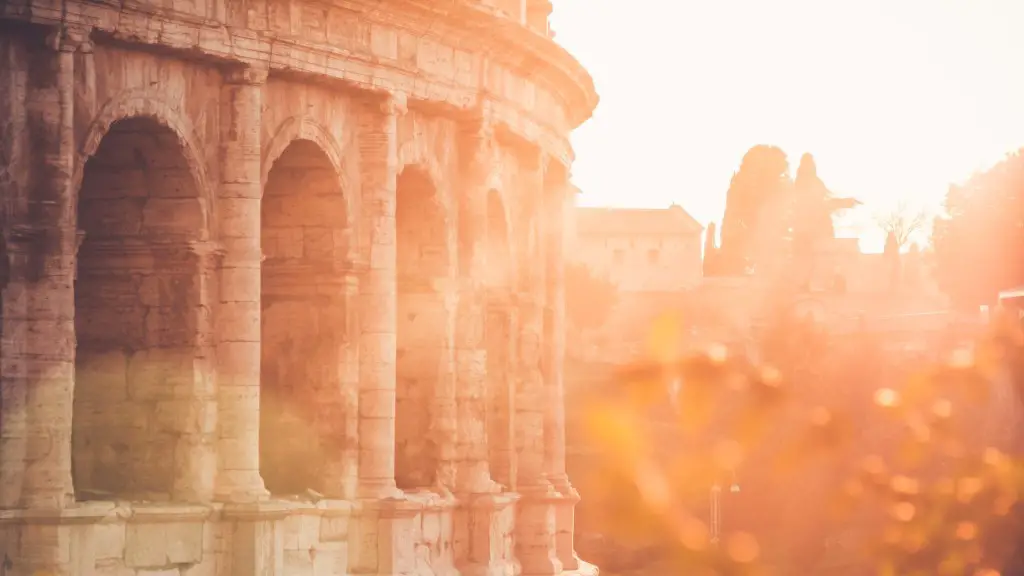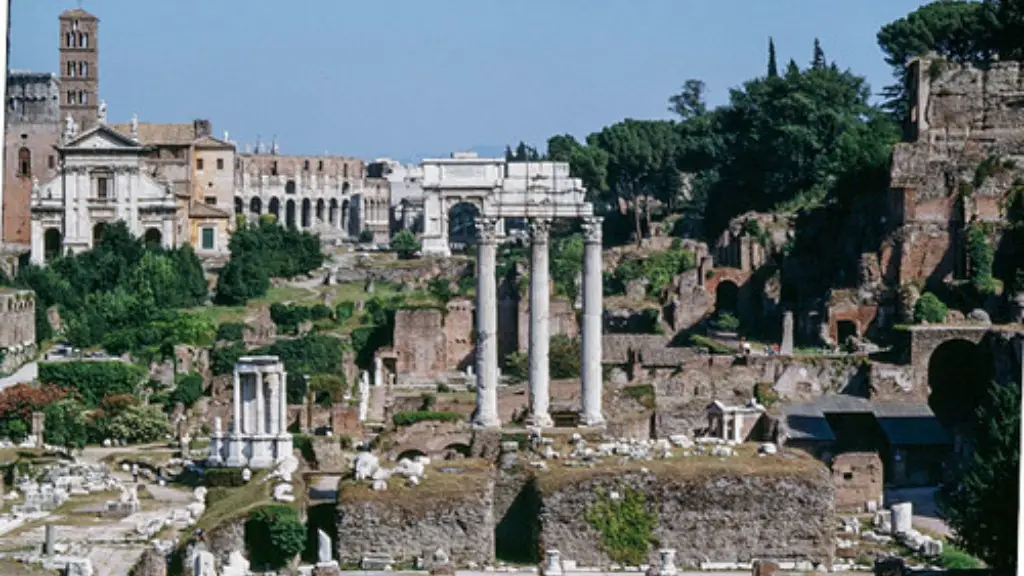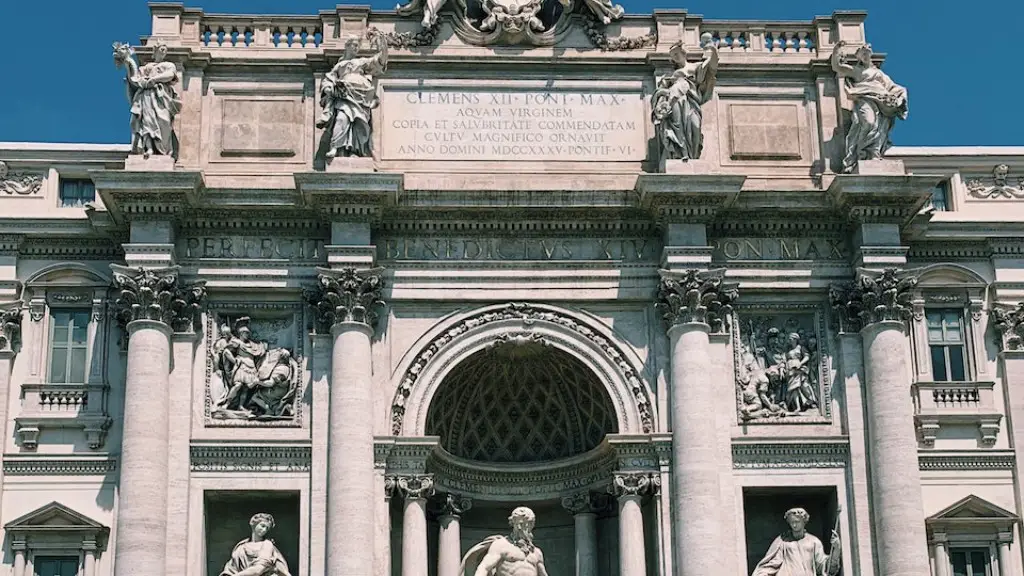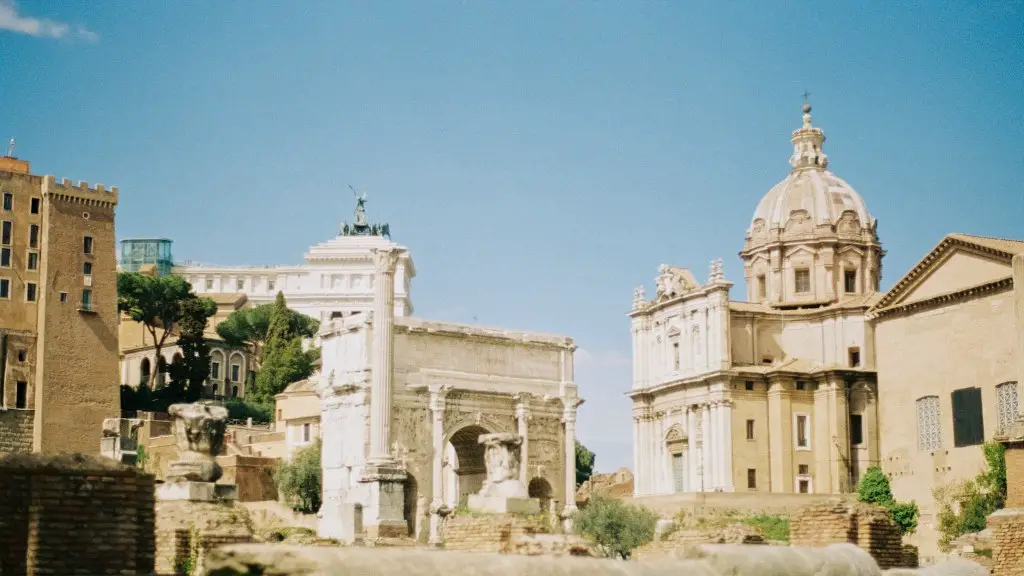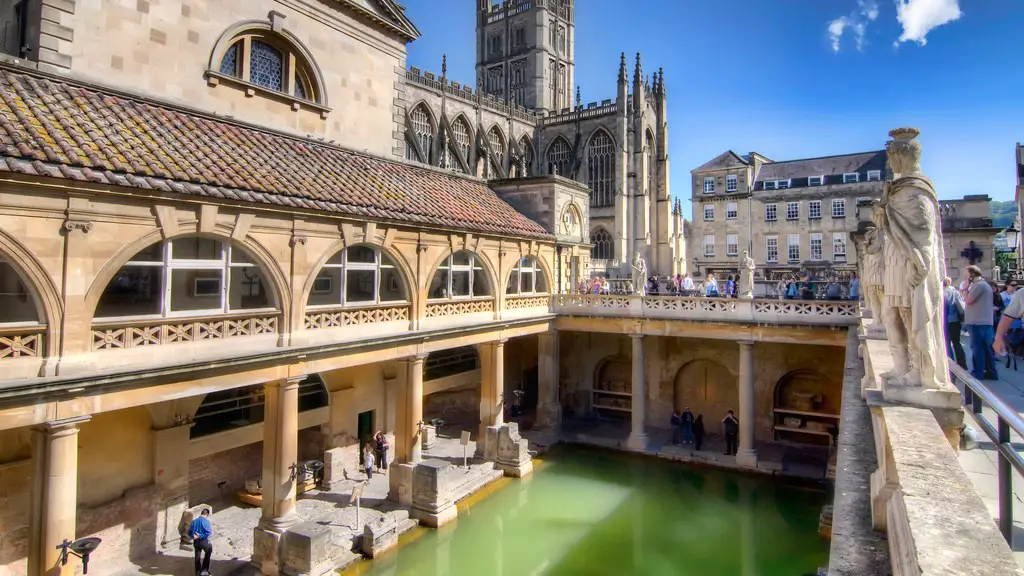Ancient Roman Sports
From the Roman Coliseum battles, to the ancient Roman chariot races, Romans were driven by their passion for sport. This vibrant recreational activity has been passed down through the ages, with some modern versions of popular sporting events still resembling those which were played in Ancient Rome. Read on to discover the top Ancient Roman Sports that have been immortalized in history.
Perhaps the first sport to come to mind when you think of Ancient Rome is the chariot race. The objective was to drive a chariot around a large stadium as quickly as possible. This was an incredibly dangerous sport — in one race, an estimated 27 horses and chariots passed through the gates, but only ten returned. The winners of the chariot race were lavishly rewarded for their courage and skill.
Gladiatorial combat was another predominant Ancient Roman sport. This fierce fighting occurred all over the Roman Empire, usually to impress potential invaders or loyal supporters. Spectators would gather to watch two gladiators fight to the death, thus enhancing the reputation of the host. This martial art had a significant influence in the Roman Empire, developing basic weapons and modern armor technology.
The Roman Empire was known for not only its fierce sports, but also its peaceful games. Ancient Roman sports such as latrunculi and duodecim scripta were two popular board games which were played in the Roman Empire. These games still exist today, and their general rules are still largely similar. Strategy and luck were two of the main components of these board games, as well as out-thinking your opponent.
The list of Ancient Roman Sports also includes wrestling and boxing, two of the most popular forms of spectator sports in ancient Rome. Wrestling had roots in military training, and the Roman Empire was known for its ferocious wrestling techniques. On the other hand, boxing was a brutal sport in which two opponents would beat each other until one was rendered unable to continue. Both of these sports had their own set of rules, customs, and techniques which have evolved over time yet still remain relevant in competitive sports today.
Ancient Roman Entertainment
The Roman Empire was an entertainment power as much as it was a political power. Ancient Roman entertainment featured events such as theatrical performances, elections, festivals, feasts, and circuses. Roman citizens were able to attend any event they wanted to, as long as they could afford the ticket prices. Theatre was a major form of entertainment in Ancient Rome, with numerous theaters located throughout the city. Some of the plays performed were based on the works of famous playwrights like Cicero, Pliny, and Terence. Roman citizens would dress up in their finery and gather in the theatre to watch the latest show.
The Roman Empire also had its own version of the Olympic Games. Held every four years in Rome or another Greek city, the Olympiad was a celebration of bothsports and entertainment. The games consisted of chariot racing, wrestling, boxing, and other sports competitions. Gladiatorial combat was also a popular event, drawing massive crowds from across the Roman Empire. In addition to sports, the games also included spectacular pageants and performances.
While organized sporting events provided a great source of Roman entertainment, citizens also had plenty of options when it came to their personal leisure time. Gambling was a popular pastime in the Roman Empire, with dice and board games being among the most popular options. In addition, citizens could spend their free time engaging in physical activities like running, swimming, and chariot racing.
Music and recreational activities like singing and dancing were also popular in Ancient Rome. Numerous musicians travelled from one city to the next, providing an opportunity for citizens to enjoy a variety of music. Dancing was a popular way to pass the time, with many citizens engaging in public dance competitions.
Roman Art
From the time of the Republic to the Imperial period, art was an integral part of Roman life and culture. Many of the works produced during this period still exist today, providing us with a glimpse into what life in Rome was like.
Much of the artwork that was produced in Ancient Rome featured religious scenes or iconic figures, such as gods and goddesses. This type of art was used as propaganda to reinforce Roman values and beliefs. It was also used to celebrate the successes of the government and army.
Another important aspect of Roman art was the use of mosaics and marble sculptures. Mosaics were made by piecing together tiny colored tiles to form a larger picture. Marble sculptures were even more intricate, and were used to depict scenes from mythology and everyday life.
Architecture was another common form of art in Ancient Rome. Beautiful villas, coliseums, and theaters were built all over the city, providing citizens and visitors alike with a captivating view of the city. Many of these structures still stand today and stand as a testament to the skill of the craftsmen and the grandiosity of the Roman Empire.
Roman art was often infused with the values, beliefs, and ideas of Empire. This was especially true of works considered to be propaganda, which existed to reinforce Roman ideals and values. Art was also used to celebrate the successes of the Republic, to honor military achievements, and to provide entertainment to citizens and visitors alike.
Roman Language
Latin was the official language of the Roman Empire and was used as the lingua franca throughout the Empire. Latin was first used as a language by the Italic tribes, who invaded Italy in the 8th century BC. Over the centuries, the language evolved and spread, becoming the official language of the Roman Republic and eventually the Roman Empire.
Latin was a highly structured language, with a vast array of nouns, verbs, and adjectives. It was a language of literature, politics, law, and governance. All official documents were written in Latin, and it was used as a language of religion, philosophy, science, and education. The language also had a vast impact on Europe, with many European languages deriving from Latin.
Today, Latin is still used in some areas, such as religious ceremonies, legal documents, and scientific terminology. The language has been preserved in books, inscriptions, and monuments, providing us with a glimpse into the culture of the Roman Empire. Latin is also the basis for many modern Romance languages, including French, Spanish, and Italian.
Latin is a language that is truly representative of the Roman Empire, with its vocabulary and grammar being used to express the culture and values of the time. It is a language of literature, documents, and politics that was used to communicate throughout the entire Roman Empire. The influence of Latin is still evident today, providing us with a glimpse into the culture of the past.
Roman Clothing
The clothing of Ancient Rome was largely dictated by class, gender, and occupation. High ranking citizens and priests would dress differently than those of lower classes. In general though, the clothing of Ancient Rome was fairly similar to what we see today.
Women were expected to wear a stola, a long tunic worn with a belt. They also wore a palla, a large shawl-like garment draped over their shoulders. Women dressed in plainer clothing to emphasize modesty and chastity. Men, on the other hand, wore togas, which were a loose woolen robe draped over the body.
Footwear was also important in Ancient Rome, with sandals and shoes being the most common forms. Men and women both wore sandals, although the design varied depending on class and occupation. Soldiers would usually wear heavy-duty boots for protection, while the wealthy would wear ornate sandals decorated with jewels.
Accessories were also common in Ancient Rome. Men would often wear a ring on their right index finger, while women would wear necklaces and elaborate earrings. Other common accessories included fibulae, or pins, which were used to fasten clothing, as well as armlets and bracelets.
Clothing in Ancient Rome was not only practical, it was also used to show status. From patterns and colors to materials and accessories, there was a distinct hierarchy that was observed by everyone. It was a way for citizens to visually show their status and class, as well as to express their values and beliefs.
Roman Cuisine
Roman cuisine is the food culture of the Roman Empire. It consists of simple dishes prepared with ingredients from local farmers, as well as imported goods from other parts of the Empire. This cuisine is still popular today, as many of the dishes and ingredients have remained largely unchanged.
Traditional Roman dishes include pasta, risotto, polenta, and various types of roasted meats. Fresh fruit and vegetables, as well as a variety of fish, were commonly consumed. Bread was also an important part of the Roman diet, and many of the classic Italian breads that we enjoy today first originated in Ancient Rome.
The Roman diet also included a variety of wines, which were served at most meals. The Romans also believed in the health benefits of certain wines, and would often consume these for medicinal purposes.
The most important aspect of Roman cuisine is the tradition of hospitality. This tradition was derived from the Roman gods, who were represented through food and drink. Roman citizens would host elaborate feasts and dinners in order to show respect for these gods. This culture of hospitality is still seen today, as Roman residents continue to embrace the tradition of sharing food and drink with friends and family alike.
Roman cuisine is truly representative of the Roman Empire, with its emphasis on hospitality and simple dishes prepared with locally sourced foods. From pasta and polenta to roasted meats and fresh fruit, this cuisine is still enjoyed by many Roman citizens, tourists, and food aficionados alike.
